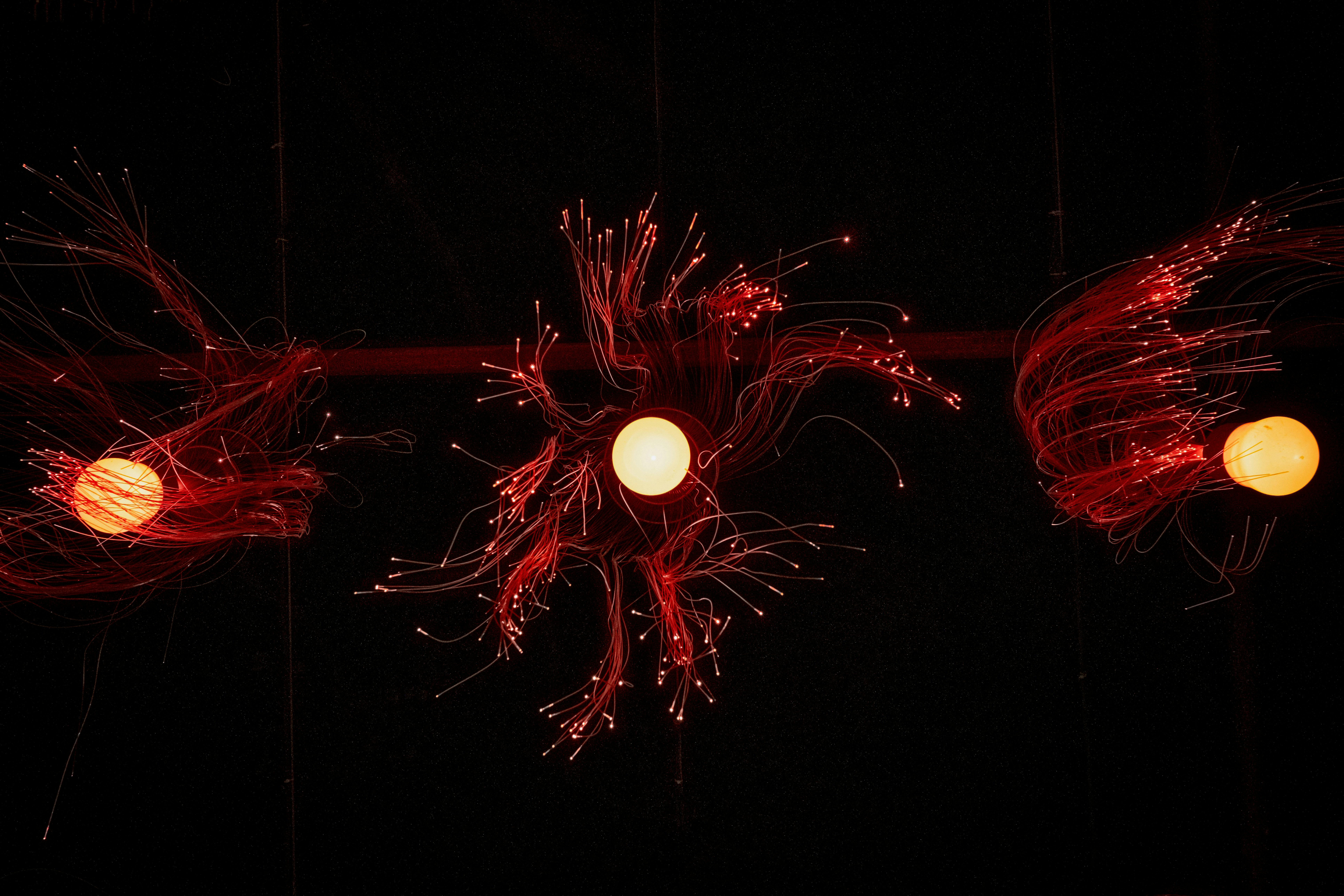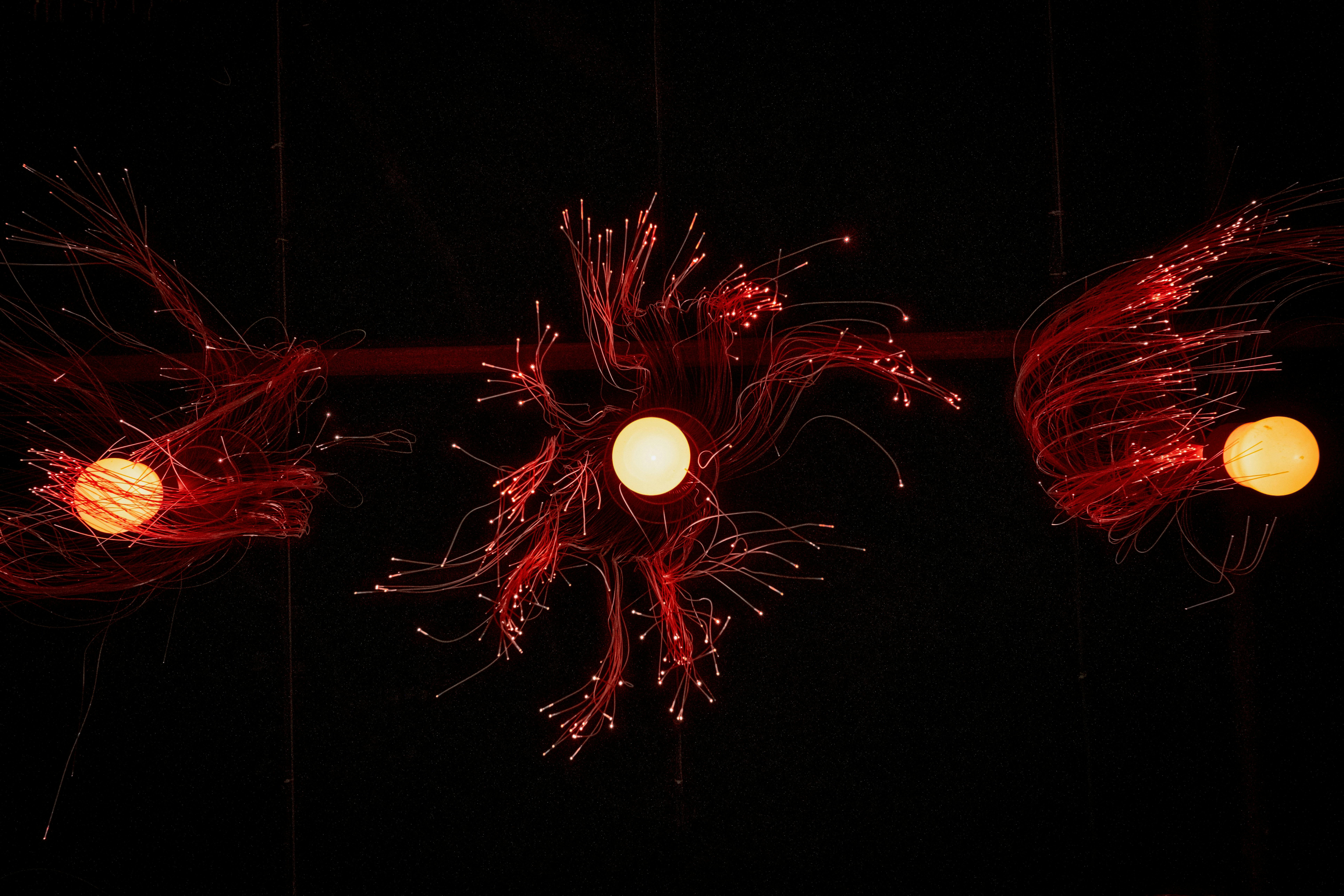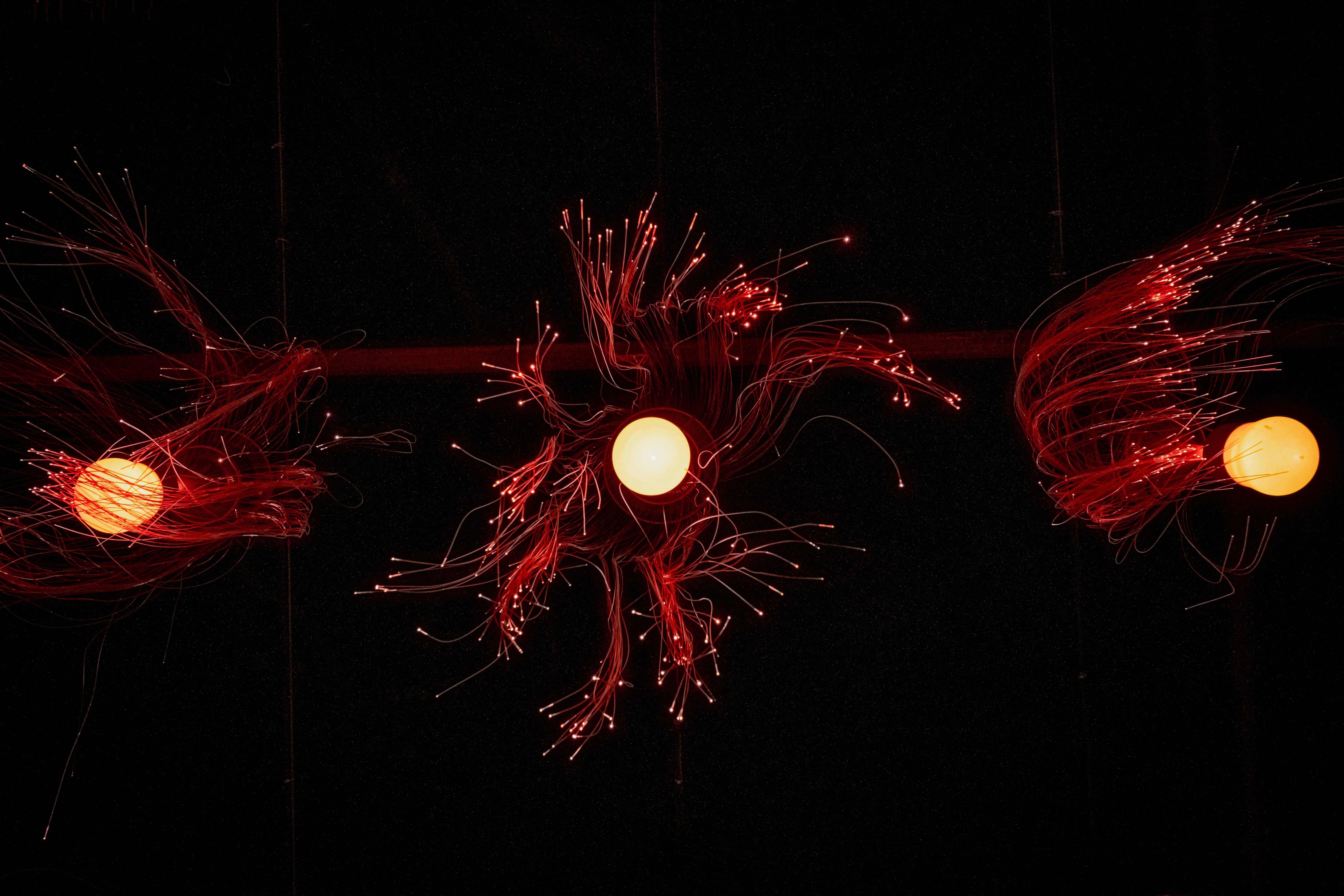Essential Drywall Prep for a Flawless Interior Paint Finish
Mastering Paint Finishes: The Secret to Room-by-Room Perfection
Choosing paint colors often steals the spotlight in home makeovers, but selecting the right paint finish is equally transformative. This unsung hero determines not just how your walls look, but how they live—affecting durability, light reflection, and maintenance. A high-gloss finish in a toddler’s play area? Disaster. Flat paint in a steamy bathroom? Recipe for mildew. Understanding sheen levels (from matte to gloss) lets you marry beauty with practicality, ensuring your walls withstand daily life while looking impeccable. Whether you’re a DIY novice or a seasoned renovator, mastering finishes elevates your project from “good” to gallery-worthy—and saves costly redos.
Paint Finish Fundamentals: The Sheen Spectrum Explained
Paint finishes range across five primary categories, each with distinct properties:
- Flat/Matte: Zero shine; excels at hiding wall imperfections but stains easily.
- Eggshell: Subtle luster (like an egg’s surface); more washable than flat.
- Satin: Soft velvety glow; balances durability and elegance.
- Semi-Gloss: Noticeable shine; highly resistant to moisture and scrubbing.
- High-Gloss: Mirror-like reflection; ultra-tough but highlights surface flaws.
Sheen levels directly correlate with resin content: glossier finishes contain more resin (for hardness) and less pigment. This impacts not just aesthetics but function—higher sheen = easier cleaning + better moisture resistance.
Strategic Finish Selection by Room
Living Rooms & Bedrooms: Opt for eggshell or satin. These finishes diffuse light gently, conceal minor dings, and tolerate occasional cleaning—ideal for low/moderate traffic. Avoid flat finishes here; they can’t handle sofa scuffs or fingerprints.
Kitchens & Bathrooms: Use semi-gloss on walls. Its moisture resistance combats steam and splashes, while its wipeable surface shrugs off grease or toothpaste. Reserve high-gloss for cabinetry and trim—its toughness withstands constant handling.
Hallways & Kids’ Rooms: Choose satin or semi-gloss. These endure scrubbing and high traffic. In a playroom, semi-gloss lets you erase crayon marks effortlessly.
Ceilings: Always use flat/matte. It minimizes glare, hides imperfections, and rarely needs cleaning.
Light & Space: The Finish Multiplier Effect
Sheen interacts dramatically with light. Glossier finishes amplify natural and artificial light—making small, dark rooms feel brighter but also accentuating uneven textures. In sun-drenched spaces, high-gloss can create glare. Conversely, matte finishes absorb light, softening shadows in large rooms with harsh sunlight. Pro tip: Test swatches at different times of day. A north-facing bedroom might shine with satin, while a south-facing home office benefits from eggshell’s muted glow.
Application Secrets for Flawless Results
Surface prep is critical. Glossier finishes reveal every flaw—sand walls thoroughly and use primer. For smooth application:
- Use synthetic brushes (like nylon/polyester) for water-based paints; natural bristles for oil-based.
- Maintain a “wet edge” by painting in sections (e.g., wall halves) without pausing.
- Apply multiple thin coats rather than one thick layer to avoid drips—especially with glossier paints.
In high-moisture zones, add mold-inhibiting additives to your semi-gloss paint for extra protection.
Conclusion: Sheen as Your Strategic Ally
Paint finishes are the invisible architects of your home’s resilience and ambiance. Remember: low-traffic rooms (bedrooms, formal dining) thrive with eggshell’s forgiving elegance; high-traffic/moist areas (kitchens, hallways) demand satin or semi-gloss; and trim/doors shine in durable semi- or high-gloss. Always prioritize function alongside aesthetics—no finish is universally “best.” Your actionable takeaway? Map sheen to room purpose. Before buying gallons, sketch a simple home layout noting each room’s traffic, moisture, and lighting. This 10-minute plan ensures every wall performs as beautifully as it looks.






